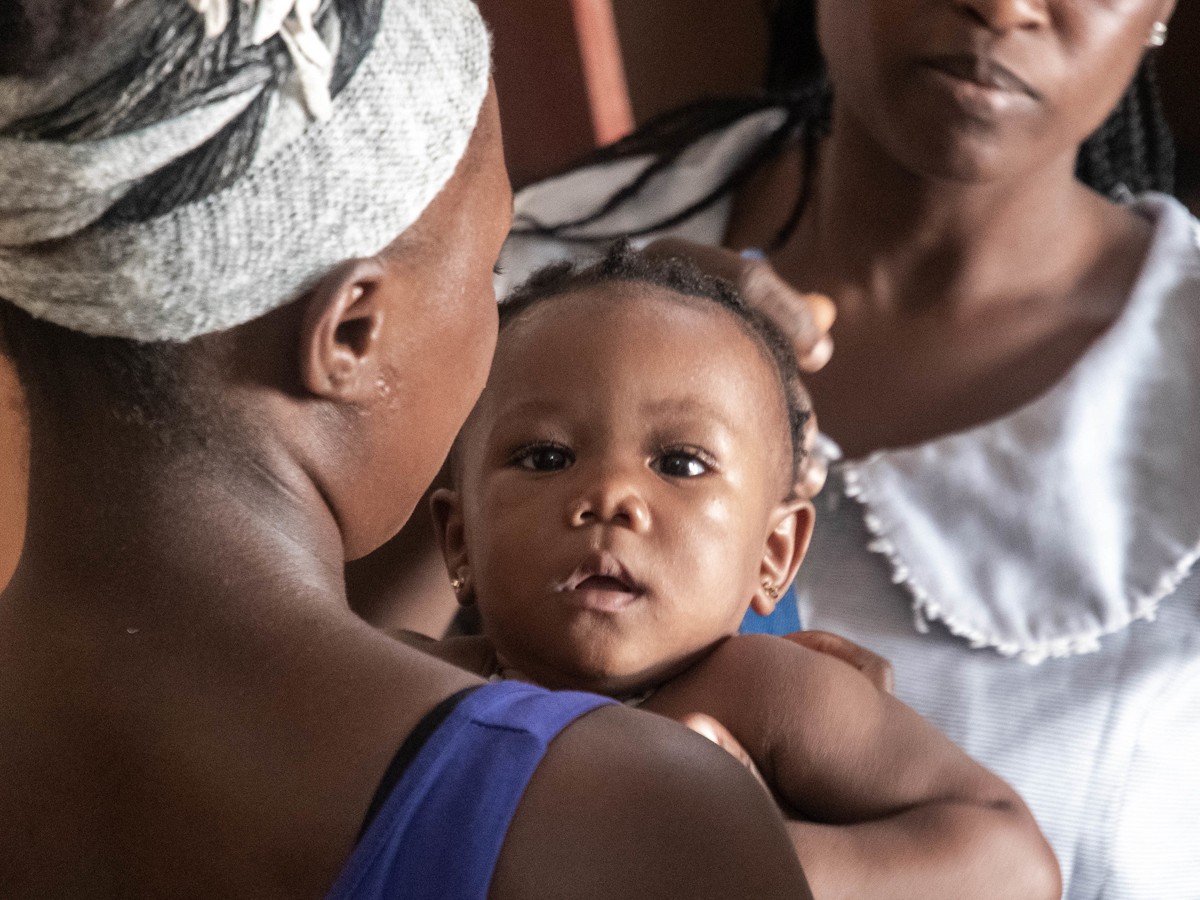Feldstein, L. R., Sutton, R., Jalloh, M. F., Parmley, L., Lahuerta, M., Akinjeji, A., Mansaray, A., Eleeza, O., Sesay, T., Kulkarni, S., Conklin, L., & Wallace, A. S. (2020).
Journal of global health, 10(1), 010420. https://doi.org/10.7189/jogh.10.010420
Abstract
Background: Urban childhood immunization programs face unique challenges in access, utilization, and demand due to frequent population movement between and within localities, sprawling informal settlements, and population heterogeneity. We conducted a cross-sectional household survey in the Western Area Urban district, Sierra Leone, stratified by slums and non-slums as defined by the United Nations Development Program.
Methods: Based on data from child vaccination cards, weighted vaccination coverage was estimated from 450 children aged 12-36 months (household response rate = 83%). Interviews with 444 caregivers identified factors related to accessing routine immunization services. Factors associated with coverage in bivariate analyses were examined in multivariate models using backward stepwise procedure.
Results: Coverage was similar in slums and non-slums for 3-doses of diphtheria-tetanus-pertussis-hepatitis B-Haemophilus influenzae type b (pentavalent) vaccine (86%, 92%) and second dose of measles vaccine (33%, 29%). In a multivariate logistic regression model, incomplete pentavalent vaccine coverage was associated with being second or later birth order (adjusted odds ratio (aOR) = 4.5 (95% confidence interval (CI) = 1.4-14.9), a household member not approving of childhood vaccinations (aOR = 7.55, 95% CI = 1.52-37.38), self-reported delay of child receiving recommended vaccinations (aOR = 4.8, 95% CI = 1.0-22.1), and living in a household made of natural or rudimentary materials (aOR = 3.5, 95% CI = 1.2-10.6). Overall, the majority (>70%) of caregivers reported occupation as petty trader and <50% reported receiving vaccination information via preferred communication sources.
Conclusions: Although vaccination coverage in slums was similar to non-slums, study findings support the need for targeted interventions to improve coverage, especially for the second dose of measles vaccine to avoid large scale measles outbreaks. Strategies should focus on educating household members via preferred communication channels regarding the importance of receiving childhood vaccinations on time for all offspring, not just the first born. Vaccination coverage could be further improved by increasing accessibility through innovative strategies such as increasing the number of vaccination days and modifying hours.









